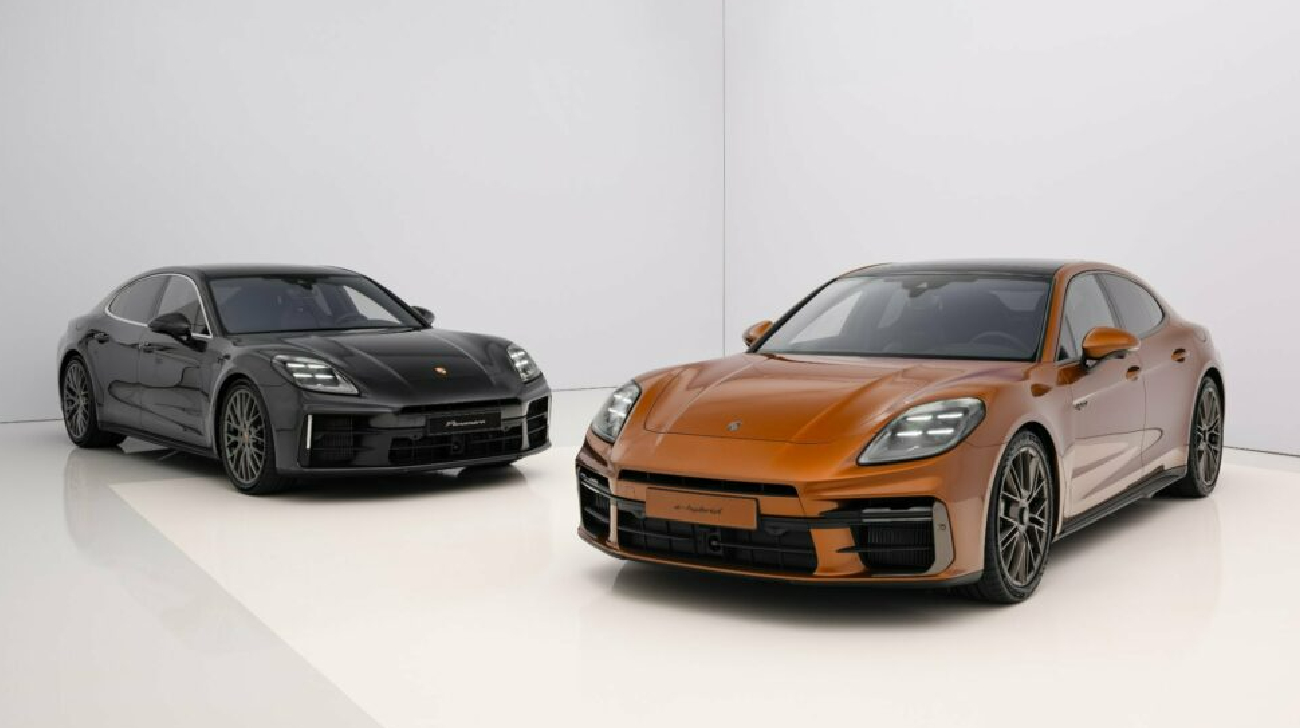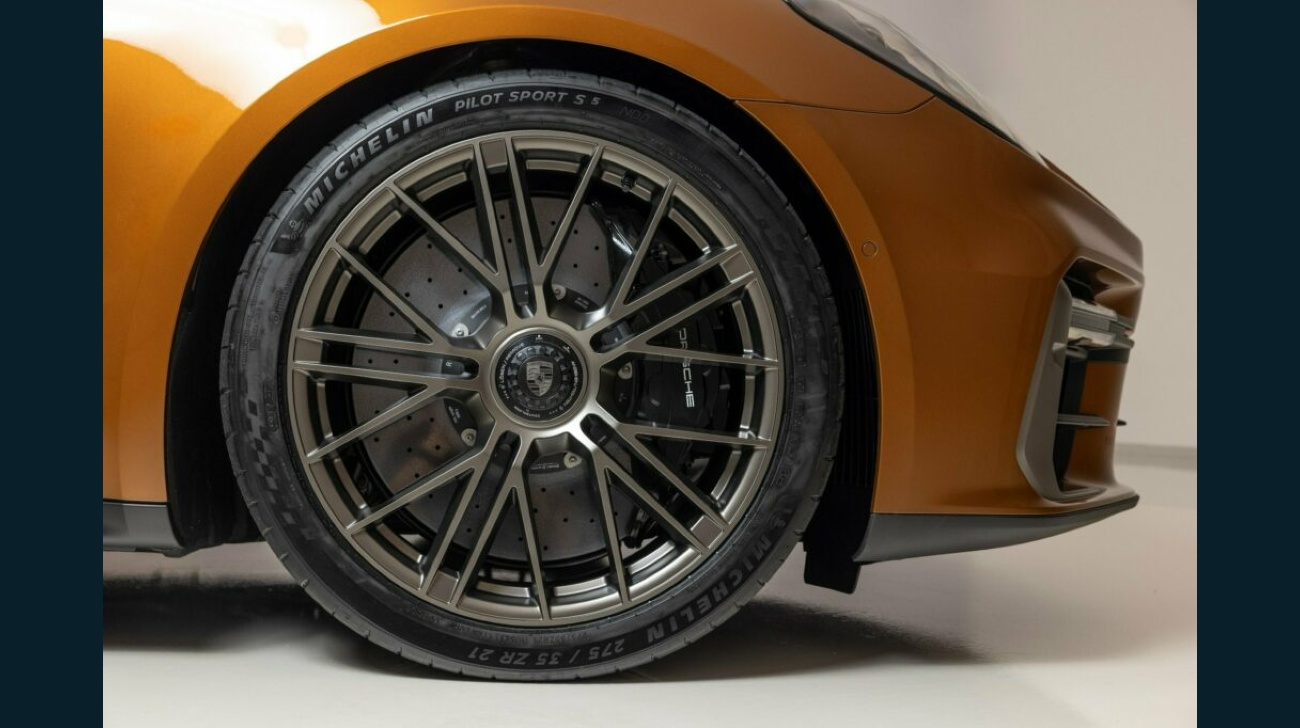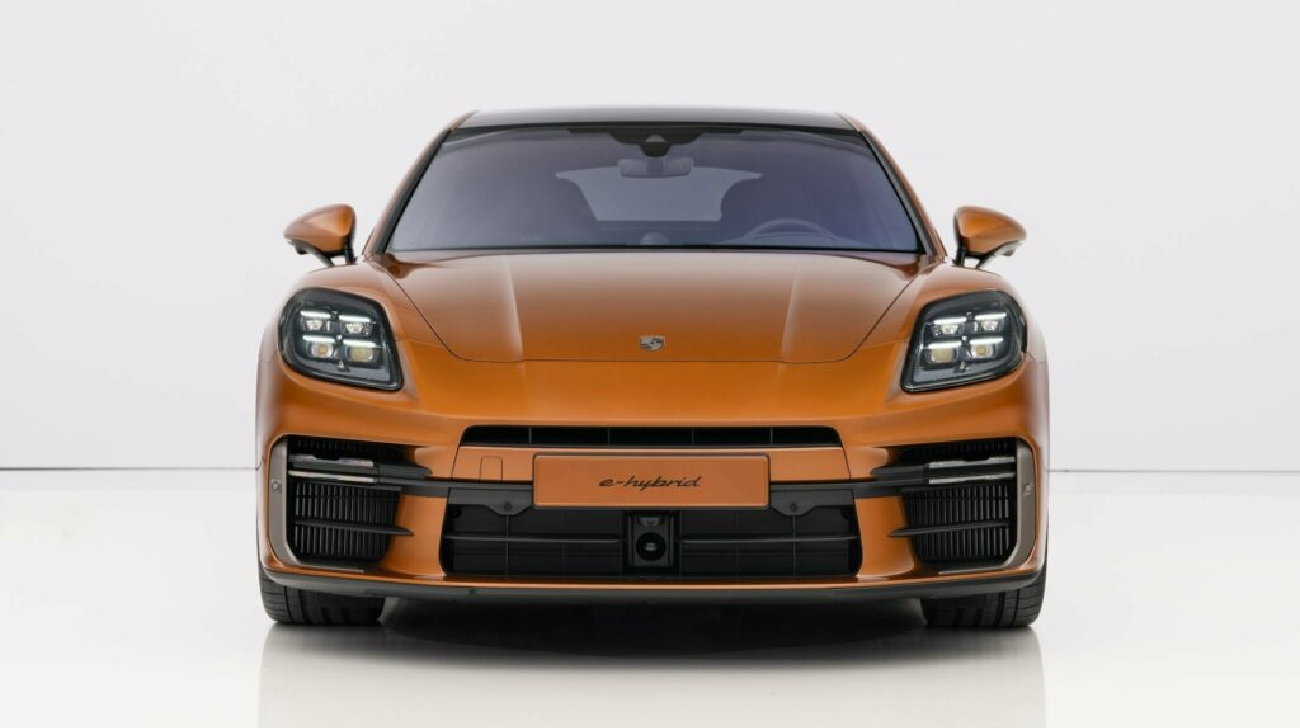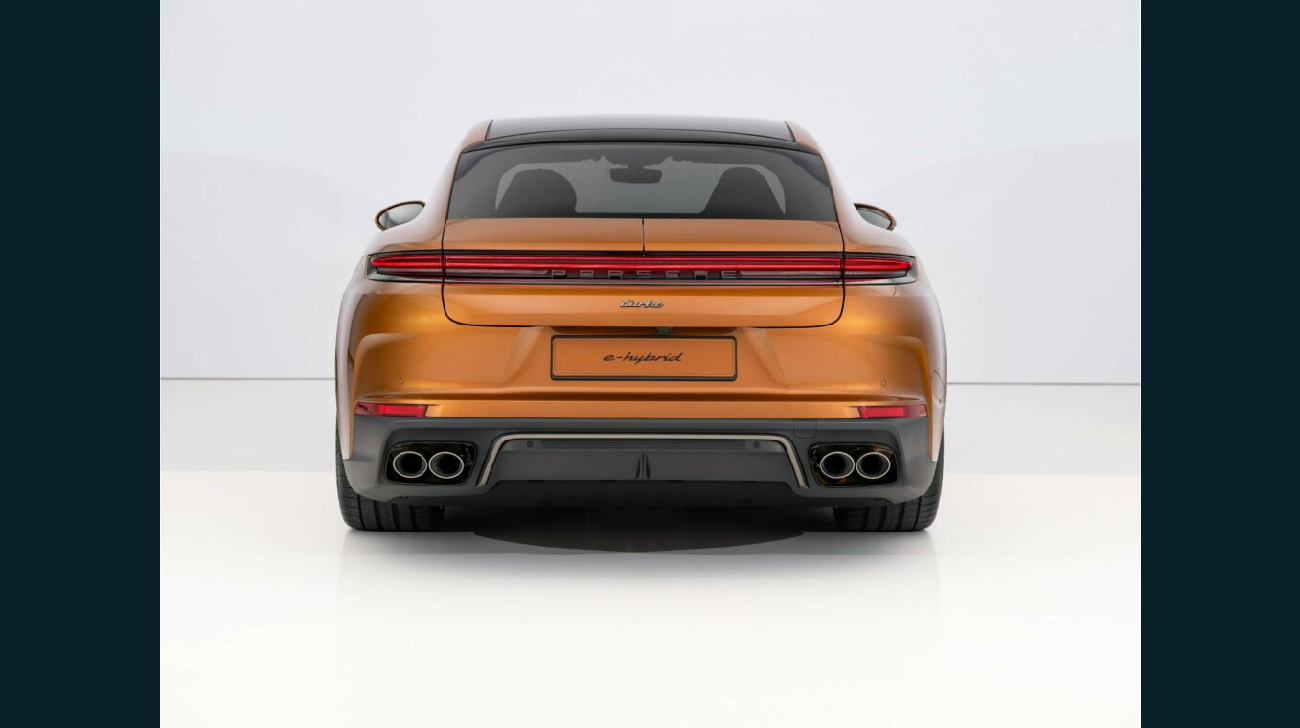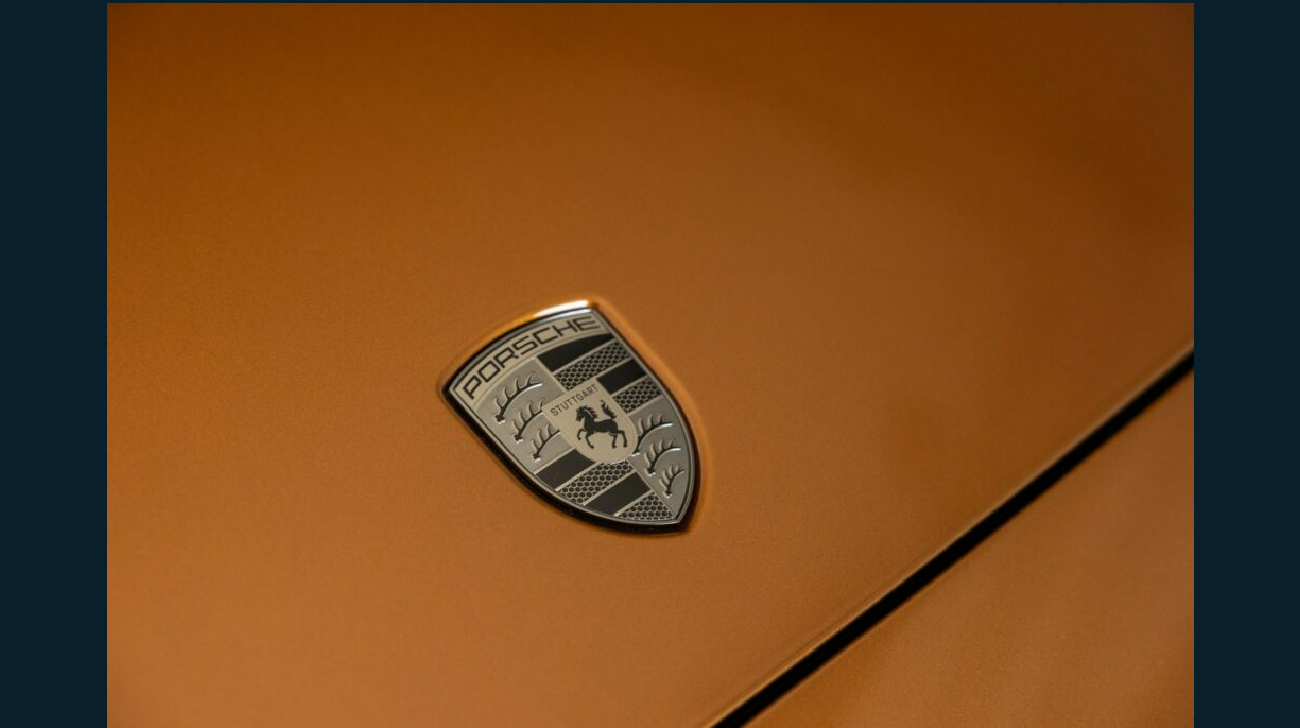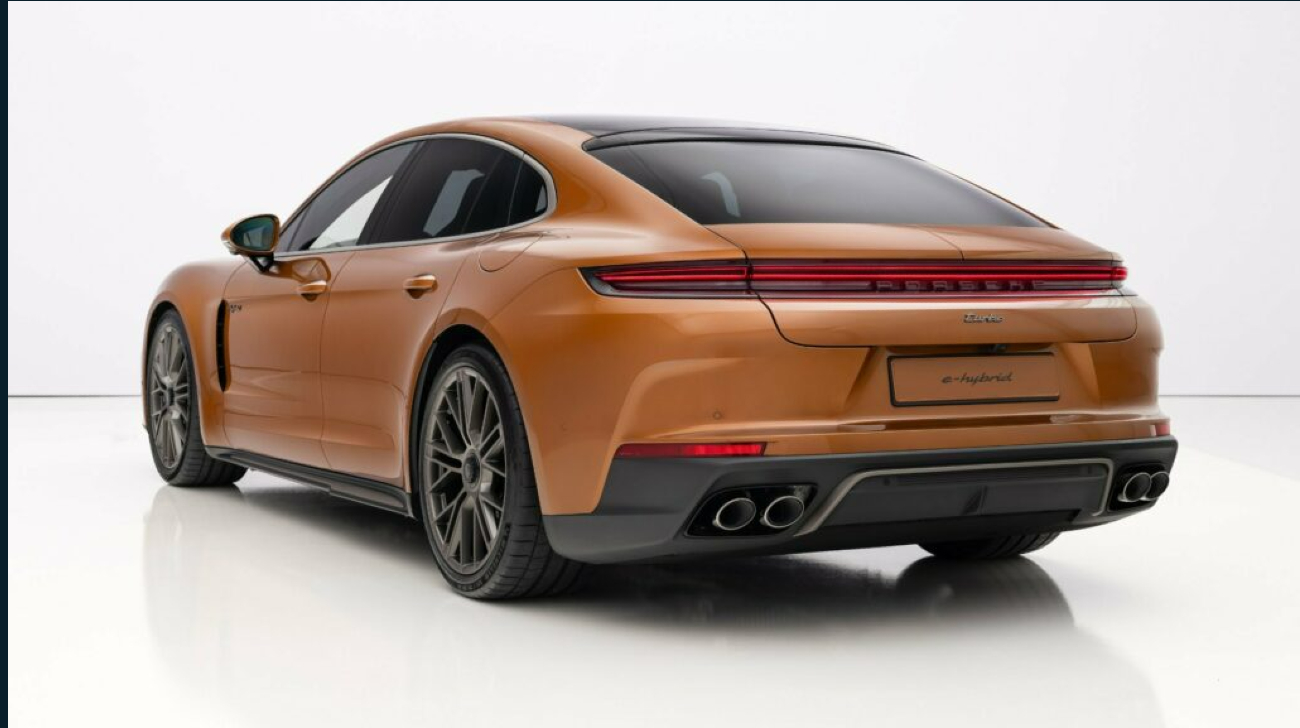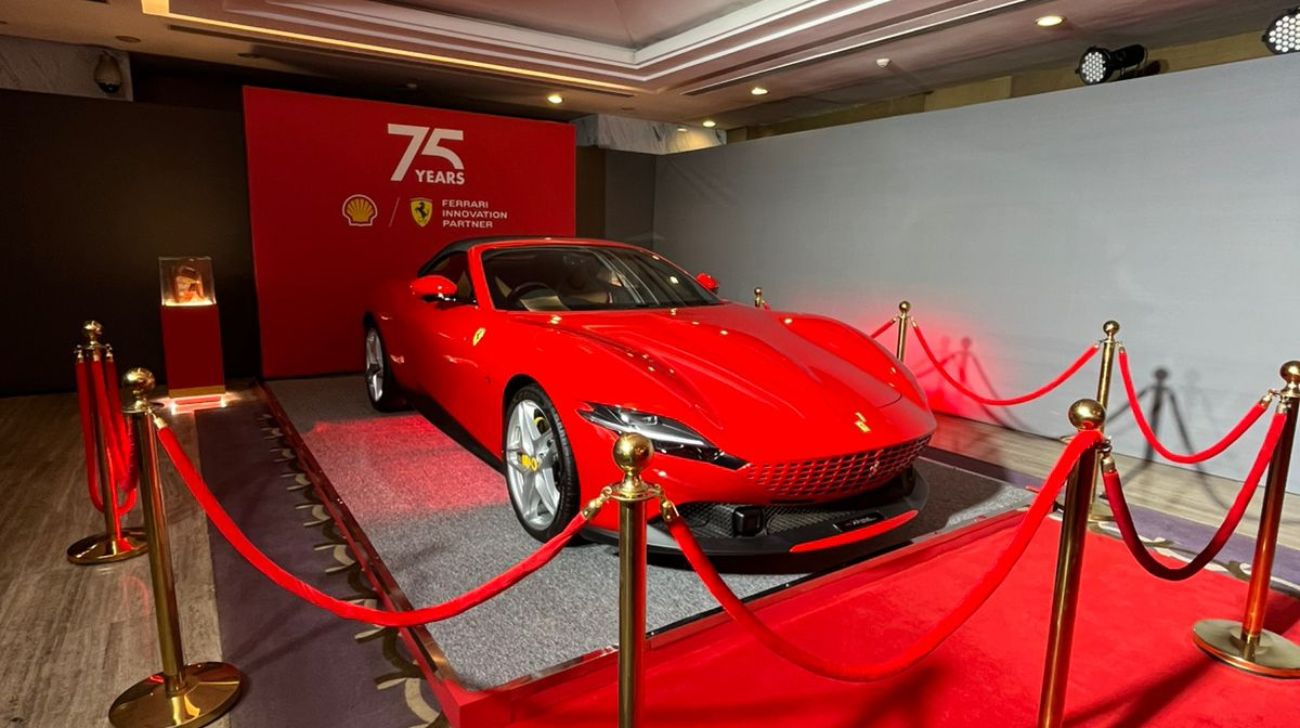The third generation of the Panamera, which Porsche has unveiled, features an updated active air suspension system, more E-Hybrid powertrain options, and an enhanced exterior and interior. The most noticeable visual change to the new Panamera is the "duckface" front-end design, which is a noticeable departure from the model's iconic silhouette. Because it functions similarly to its exclusive electric car features and capabilities, it elevates the Taycan's technological profile.
The Panamera's second generation, which is arguably more stylish, made its debut in 2016 and got an update in 2020. 2009 saw the release of the vehicle's first generation, which underwent a facelift in 2013. The hallmark methodology of the designers ensures that the third generation Porsche model continues along the same evolutionary path as the mechanically identical Cayenne. Thus, the low-slung flagship still looks like a total makeover of its predecessor, even though every external panel has been replaced.
The front end of the 2024 Panamera has undergone significant modifications. The larger central intakes now resemble grilles, and the standard LED Matrix headlights have a great new shape in addition to the bulging fenders. Notable changes include the familiar overall profile but with a slightly more angular greenhouse, rear windows without frames, and a more seamless integration of the side gills with the front fenders.
In homage to the 911 GT3, Porsche has introduced new wheel designs and colors, with 21-inch center-locking rims available as an optional add-on. The Panamera's two-stage retractable spoiler opening mechanism and sloping roofline are retained from the back. However, the Panamera now has much slimmer full-width LED taillights that resemble a more family-friendly 911 ST thanks to the redesigned rear bumper.
To differentiate itself from its less powerful rivals, Porsche added distinctive bumper intakes, a body-colored diffuser, and dark bronze tailpipes to the Turbo E-Hybrid. The presentation car's Madeira Gold Metallic window frames, turbo lettering on the tailgate, and front blades are all contrasted with the new Turbonite shade.
198.9 inches (5,052 mm) in length, 76.3 inches (1,938 mm) in width, and 56 inches (1,422 mm) in height are the dimensions of the new Panamera. Apart from a small 0.1-inch (3 mm) increase in length, these figures are essentially unchanged from the previous generation.
The triple-screen arrangement inside, which draws inspiration from Taycan, is the focal point. The 12.6-inch curved digital instrument cluster, the central infotainment touchscreen, and an optional 10.9-inch display for the front passenger are joined by them. You will also notice that the center console is devoid of a gear lever, which expands storage capacity and (ostensibly) lessens clutter. Although we are not sure that everyone will like this change, drivers will now have a mannetino-style selector on the steering wheel instead.
In addition to redesigned air vents and climate controls, the standard kit includes a cooled smartphone compartment with inductive charging. In terms of security, the optional Porsche InnoDrive has been improved and now offers a greater degree of autonomy in addition to Remote ParkAssist, which can be controlled by the owner using their smartphone.
Due to the overwhelming popularity of electrified vehicles, Porsche has decided to add four E-Hybrid powertrains to the Panamera lineup. It is stated that in comparison to the departing model, all of them provide higher power outputs, better efficiency, and longer range statistics. Porsche regrettably has only released comprehensive details regarding the Turbo E-Hybrid, one of the four electrified models; the other three will be revealed at a later date.
Featuring a larger 25.9 kWh battery pack and an upgraded 8-speed dual-clutch PDK gearbox, the 2024 Panamera Turbo E-Hybrid is powered by a "revamped" twin-turbo 4.0-liter V8 engine coupled to a single electric motor. According to Porsche, the electric motor and gearbox share a single housing, which reduces weight by 5 kg (11 lbs). Additionally, the integration of the gearbox into the oil circulation system improves thermal efficiency and permits a higher output of 187 hp (140 kW / 190 PS). A top speed of 195 mph (314 km/h) and a 0-60 mph (0-96 km/h) sprint time of just 3 seconds are made possible by the hybrid system's combined output of 670 hp (500 kW / 680 PS).

